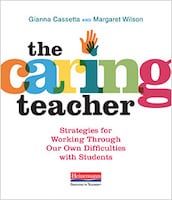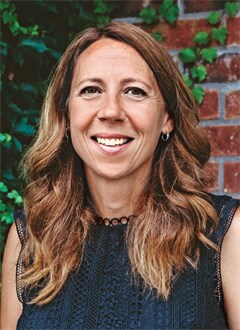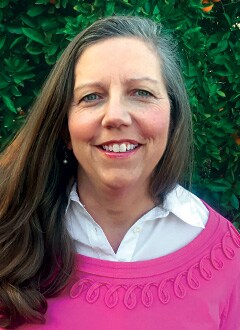
Imprint
Heinemann
Author(s)
Gianna Cassetta, Margaret Wilson
Painful truth: there are just some students that you don’t immediately connect with, and fear you never will. You have reasons and the teacher who had that student last year probably did, too. But what happens to students when they pass through school unliked? And is it possible for us to move beyond our initial feelings to better relationships with all students?
Cassetta and Wilson have a challenge to all of us: as professionals who have chosen to work with young people, it’s our responsibility to find a way to care about every student, especially the ones who feel the hardest to like. Students can’t learn from people who don’t like them or who they don’t like. If we teach, strong student-teacher relationships have to be one of our top priorities.
With a clear eye on the realities of teaching, The Caring Teacher lays out specific strategies to build and improve even our most challenging relationships. Acknowledging teachers’ daily struggles, Cassetta and Wilson offer a variety of ways—from mindset shifts to small strategies—to improve all student relationships. These strategies can help us intentionally foster competence, relatedness, and autonomy in every student, giving them us the capacity to see their strengths and cultivate their roles as vital parts of our classroom communities.
The Caring Teaching is an invitation to look inward for reflection, and outward for connection. An invitation to try. Not just for the students who conform to our expectations, but for the ones who don’t. The ones who most need us to be better.

